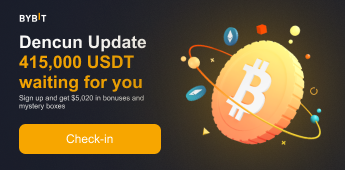
Stablecoin Imbalance: USDC Sales Cause Tether Trading Madness
The on-chain data reveals that trading firms were quick to capitalize on the USDC stablecoin's temporary repeg. While this strategy comes with risks, it shows that high-frequency traders are always on the lookout for arbitrage opportunities that can yield significant profits
Over the weekend, trading firms quickly jumped on the USDC long trade as the stablecoin's value fell to $0.88 amid concerns about the US banking system. USDC is a stablecoin that is supposed to be pegged 1:1 to the US dollar. Panic spread through the crypto market on Saturday as Circle, the company that issues USDC, revealed that it had $3.3 billion in exposure to Silicon Valley Bank (SVB), which was shuttered by regulators the day before.
The concerns prompted a wave of USDC sales across the decentralized finance (DeFi) ecosystem. This caused an imbalance in a stablecoin pool on the decentralized exchange Curve, which comprises three equally weighted stablecoins. The supply of USDC skewed, and traders began to withdraw stablecoins from centralized exchanges and swap tether (USDT) for USDC on decentralized exchanges.
The situation provided an arbitrage opportunity for trading firms, especially those who use high-frequency trading. One wallet, in particular, received $215 million of tether from Binance before executing 59 transactions that involved swapping USDT for USDC and the DAI stablecoin. According to research from CryptoQuant, the wallet made a profit of around $16.5 million.
The reason why the opportunity was so attractive was that tether retained its dollar peg, whereas USDC had deviated from its peg. As a result, trading tether for USDC when it traded below 90 cents presented a significant arbitrage opportunity. Despite the risks involved in the strategy, the resilience of USDC in what appeared to be a desperate situation demonstrates the risk-taking approach of crypto traders. The fact that USDC was able to recover relatively quickly from this incident is a testament to its usefulness as a stablecoin, as well as the faith that traders have in it.
Tether, the largest stablecoin by market cap, has faced several deviations from its peg over the years, yet it remains a critical part of the crypto ecosystem despite regulatory scrutiny. This highlights the importance of stablecoins in the crypto market, as they enable traders to move funds quickly and easily without having to rely on traditional banking channels.

















